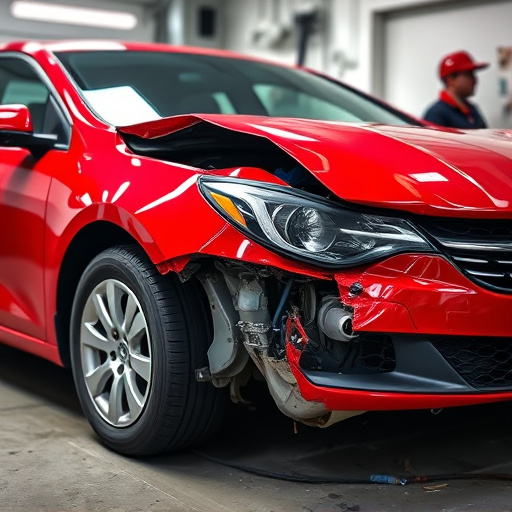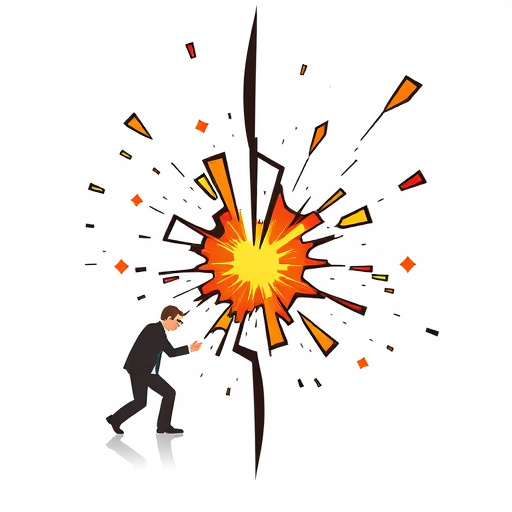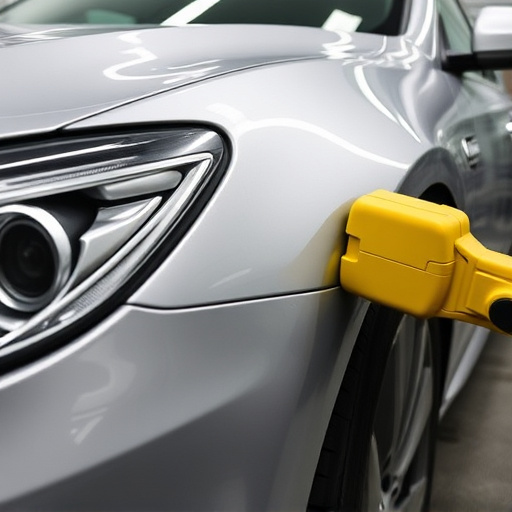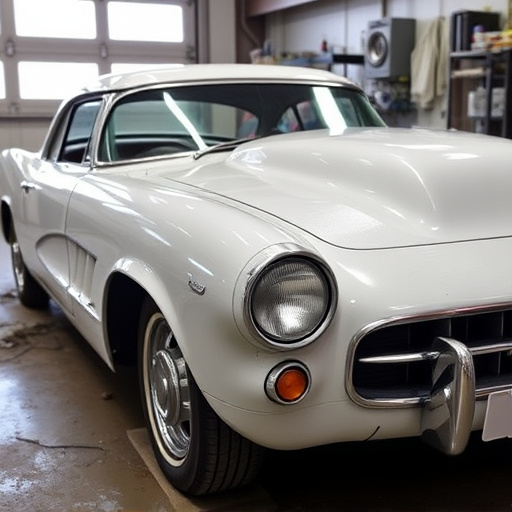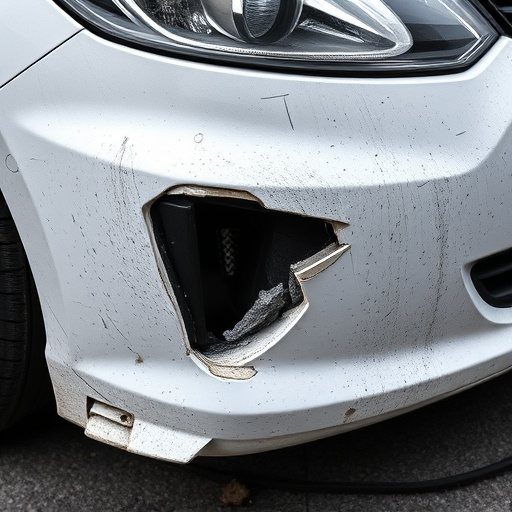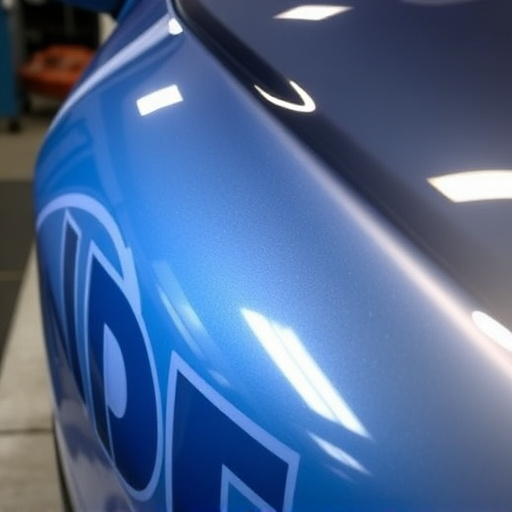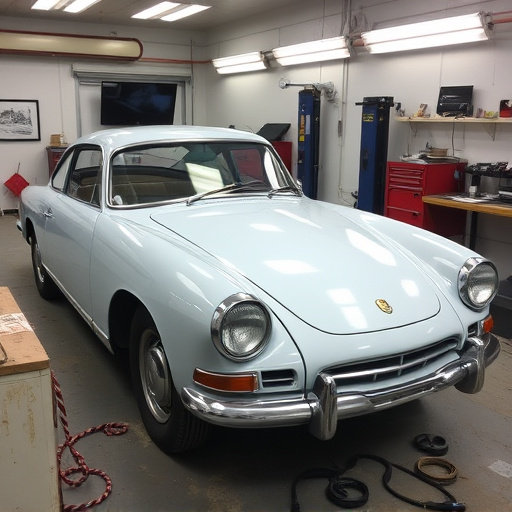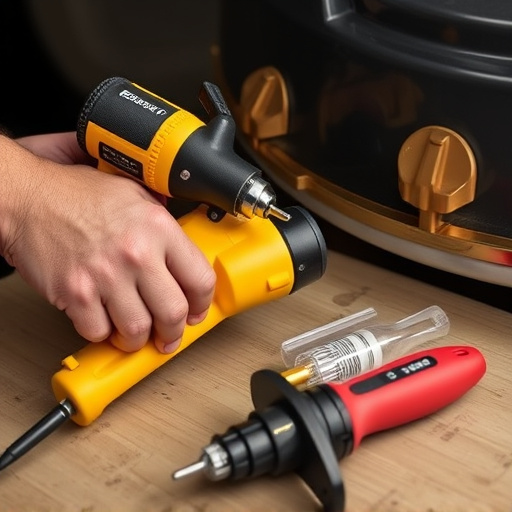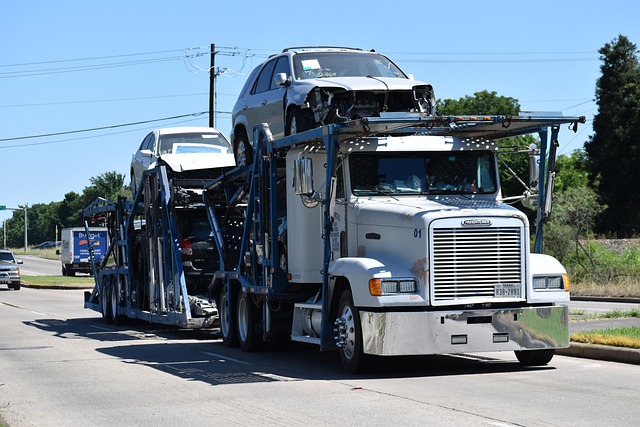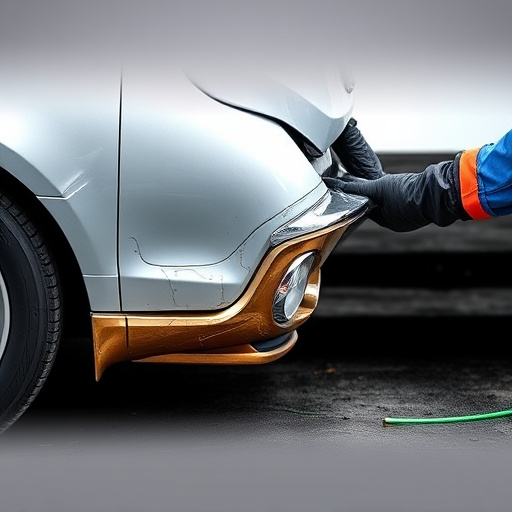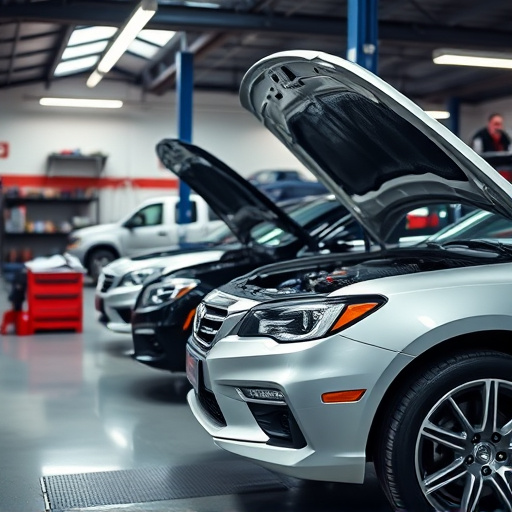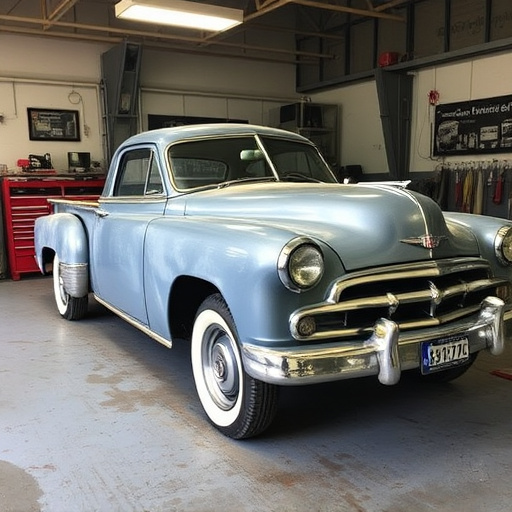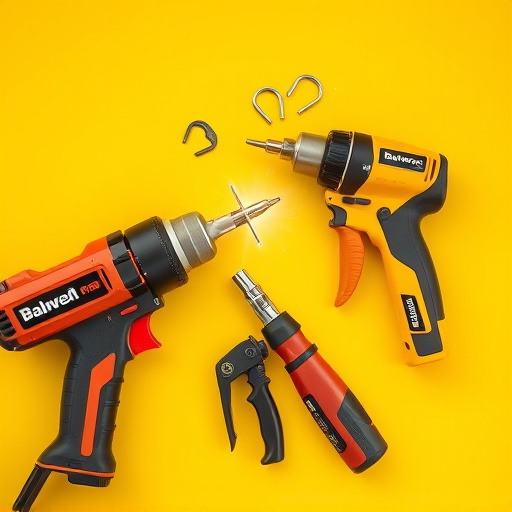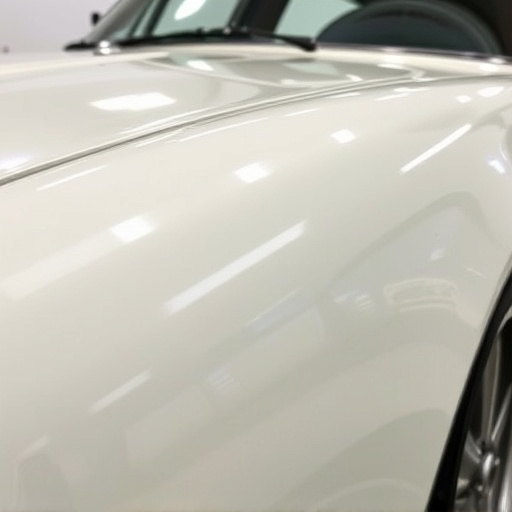3D vehicle scanning revolutionizes the automotive industry by creating precise digital models for repair and customization. Integrating this technology requires strategic planning, hardware/software upgrades, staff training, and clear protocols to enhance efficiency, precision, and communication in auto body shops, ultimately improving service quality.
Integrating 3D vehicle scanning into your workflow can significantly enhance precision, speed, and efficiency in automotive industries. This cutting-edge technology captures detailed digital representations of vehicles, offering endless possibilities for design, manufacturing, and repair. Understanding the fundamentals of 3D vehicle scanning technology is key to unlocking its full potential. Prepare your workflow, implement scans seamlessly, and optimize processes to stay ahead in an ever-evolving market.
- Understanding 3D Vehicle Scanning Technology
- Preparing Your Workflow for Integration
- Implementing and Optimizing 3D Scans in Your Process
Understanding 3D Vehicle Scanning Technology
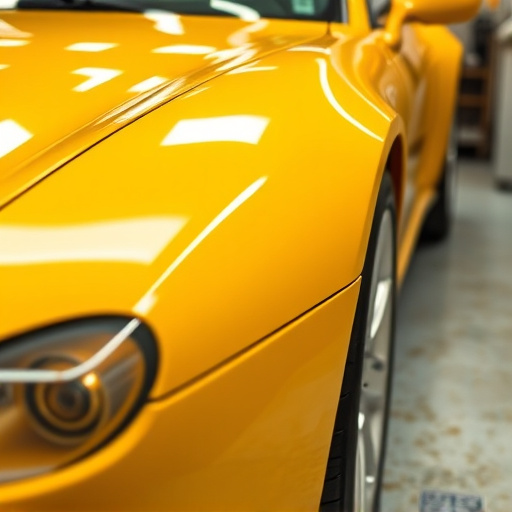
3D vehicle scanning technology is transforming the automotive industry by offering a detailed digital representation of vehicles. This advanced process captures every curve, contour, and feature of a car or truck using specialized equipment, such as 3D laser scanners. The result is an accurate, three-dimensional model that can be used for various purposes throughout the workflow.
By integrating 3D scanning into your operations, you gain numerous benefits. For instance, it facilitates precise measurements for scratch repair and dent removal, ensuring minimal paint manipulation during the restoration process. Moreover, auto painting professionals can leverage these scans to create exact color matches, resulting in impeccable finishes. This technology streamlines tasks related to body shop repairs, custom modifications, and even vehicle manufacturing, ultimately enhancing efficiency and quality control.
Preparing Your Workflow for Integration
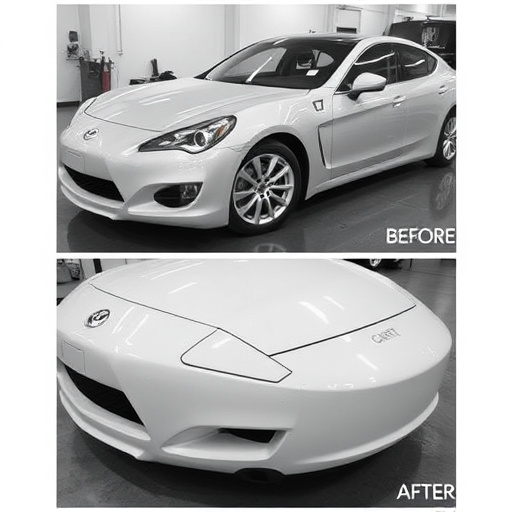
Preparing your workflow for integrating 3D vehicle scanning is a strategic process that demands careful consideration. Begin by assessing your current operations, especially in auto body shops or car restoration centers where precise measurements and detailed documentation are key. Identify gaps between your existing practices and the capabilities of 3D scanning technology. This could involve upgrading hardware and software systems to accommodate the new method. Ensure your team is well-versed in the latest tools and techniques, as training will be essential for smooth integration.
The introduction of 3D vehicle scanning can significantly enhance processes like paintless dent repair by providing highly accurate data. It’s crucial to align your workflow with the capabilities of this technology. This might include redefining stages of car preparation, altering the sequence of tasks, and even restructuring physical spaces. By doing so, you’ll unlock the full potential of 3D scanning in improving efficiency, precision, and ultimately, the quality of your work.
Implementing and Optimizing 3D Scans in Your Process
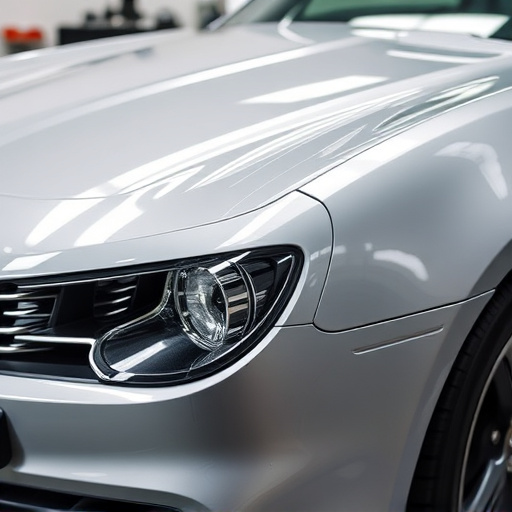
Implementing 3D vehicle scanning into your workflow offers a wealth of benefits for car repair services and car damage repair processes. To start, ensure that all staff members are trained to use the technology effectively. This includes understanding how to capture accurate scans, process raw data, and interpret the resulting 3D models. Optimizing your process involves establishing clear protocols for scan acquisition, such as defining optimal camera positions and angles, and setting up a structured environment to minimize distortion.
Regular calibration of your 3D scanning equipment is crucial for maintaining accuracy over time. By integrating these best practices, car repair shops can leverage the power of 3D vehicle scanning to streamline car damage repair, enhance precision, and ultimately improve overall service quality. This advanced technology not only aids in documenting vehicle conditions but also facilitates more effective communication among team members and with customers.
Integrating 3D vehicle scanning into your workflow can significantly enhance productivity, accuracy, and innovation. By understanding the technology, preparing your processes, and implementing optimized scans, you can revolutionize how you approach automotive design, manufacturing, and maintenance. 3D vehicle scanning is not just a trend; it’s a game-changer that promises to stay central in the industry for years to come.
